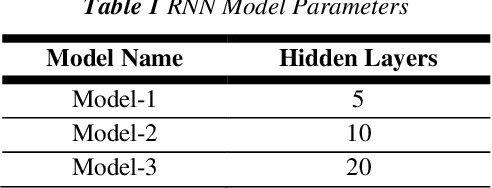Using Machine Learning Approach for Computational Substructure in Real-Time Hybrid Simulation
Paper and Code
Apr 04, 2020



Hybrid simulation (HS) is a widely used structural testing method that combines a computational substructure with a numerical model for well-understood components and an experimental substructure for other parts of the structure that are physically tested. One challenge for fast HS or real-time HS (RTHS) is associated with the analytical substructures of relatively complex structures, which could have large number of degrees of freedoms (DOFs), for instance. These large DOFs computations could be hard to perform in real-time, even with the all current hardware capacities. In this study, a metamodeling technique is proposed to represent the structural dynamic behavior of the analytical substructure. A preliminary study is conducted where a one-bay one-story concentrically braced frame (CBF) is tested under earthquake loading by using a compact HS setup at the University of Nevada, Reno. The experimental setup allows for using a small-scale brace as the experimental substructure combined with a steel frame at the prototype full-scale for the analytical substructure. Two different machine learning algorithms are evaluated to provide a valid and useful metamodeling solution for analytical substructure. The metamodels are trained with the available data that is obtained from the pure analytical solution of the prototype steel frame. The two algorithms used for developing the metamodels are: (1) linear regression (LR) model, and (2) basic recurrent neural network (RNN). The metamodels are first validated against the pure analytical response of the structure. Next, RTHS experiments are conducted by using metamodels. RTHS test results using both LR and RNN models are evaluated, and the advantages and disadvantages of these models are discussed.
 Add to Chrome
Add to Chrome Add to Firefox
Add to Firefox Add to Edge
Add to Edge